.

A homeless man covered
in a blanket takes cover under a bridge as it snows in Srinagar, Indian
controlled Kashmir, on Wednesday. The Kashmir region has
been experiencing snow for several consecutive days resulting in the
closure of the Srinagar-Jammu highway and suspension of air traffic.: photo by Dar Yasin/AP, 26 January 2017

A homeless man covered
in a blanket takes cover under a bridge as it snows in Srinagar, Indian
controlled Kashmir, on Wednesday. The Kashmir region has
been experiencing snow for several consecutive days resulting in the
closure of the Srinagar-Jammu highway and suspension of air traffic.: photo by Dar Yasin/AP, 26 January 2017

He is the best of planners. #Kashmir: image via Haziq Qadri @haziq_qadri #Kashmir, 26 January 2016
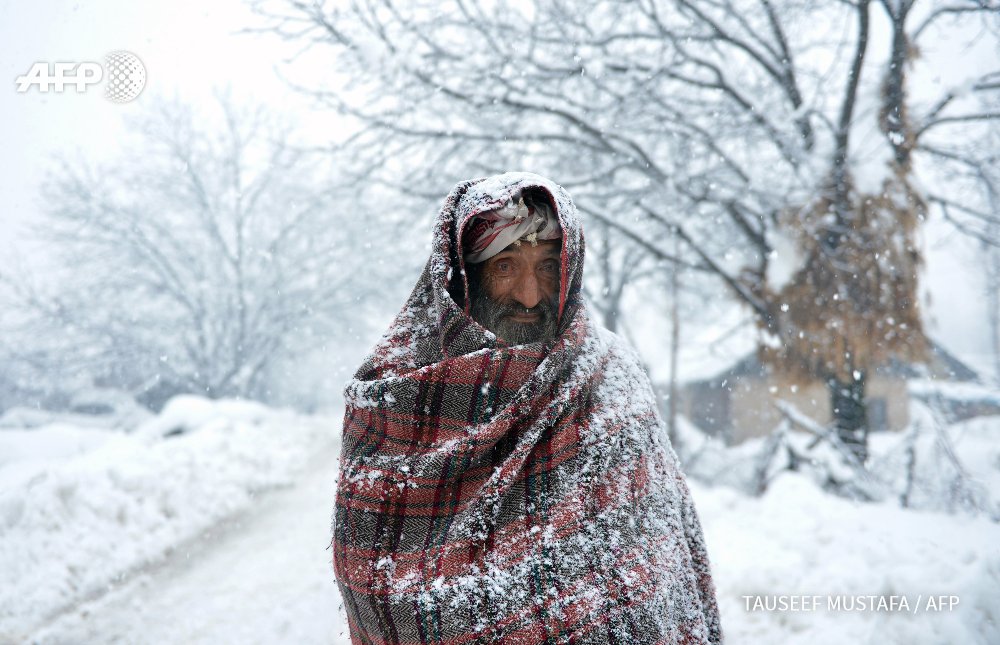
INDIA - An elderly Kashmiri villager walks through snow in Gund, some 70km northeast from Srinagar. By @TauseefMUSTAFA #AFP: image via Frédérique Geffard @fgeffardAFP, 25 January 2017
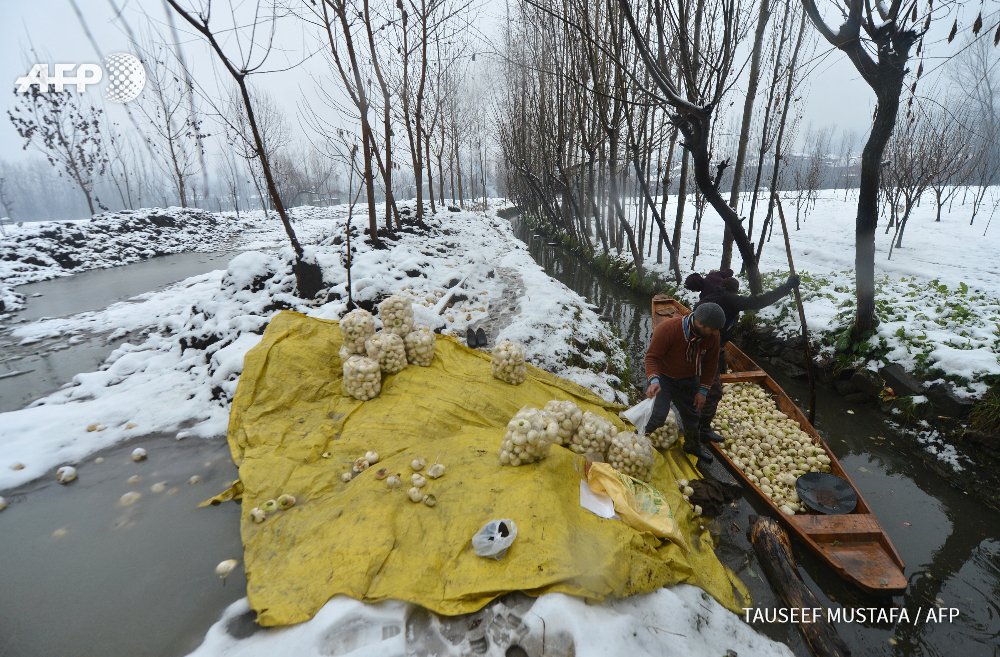


He is the best of planners. #Kashmir: image via Haziq Qadri @haziq_qadri #Kashmir, 26 January 2016

INDIA - An elderly Kashmiri villager walks through snow in Gund, some 70km northeast from Srinagar. By @TauseefMUSTAFA #AFP: image via Frédérique Geffard @fgeffardAFP, 25 January 2017

KASHMIR - Kashmiri farmers clean turnips on a boat on the Dal Lake during a heavy snowfall in Srinagar. By @TauseefMUSTAFA #AFP: image via Frédérique Geffard @fgeffardAFP, 25 January 2017
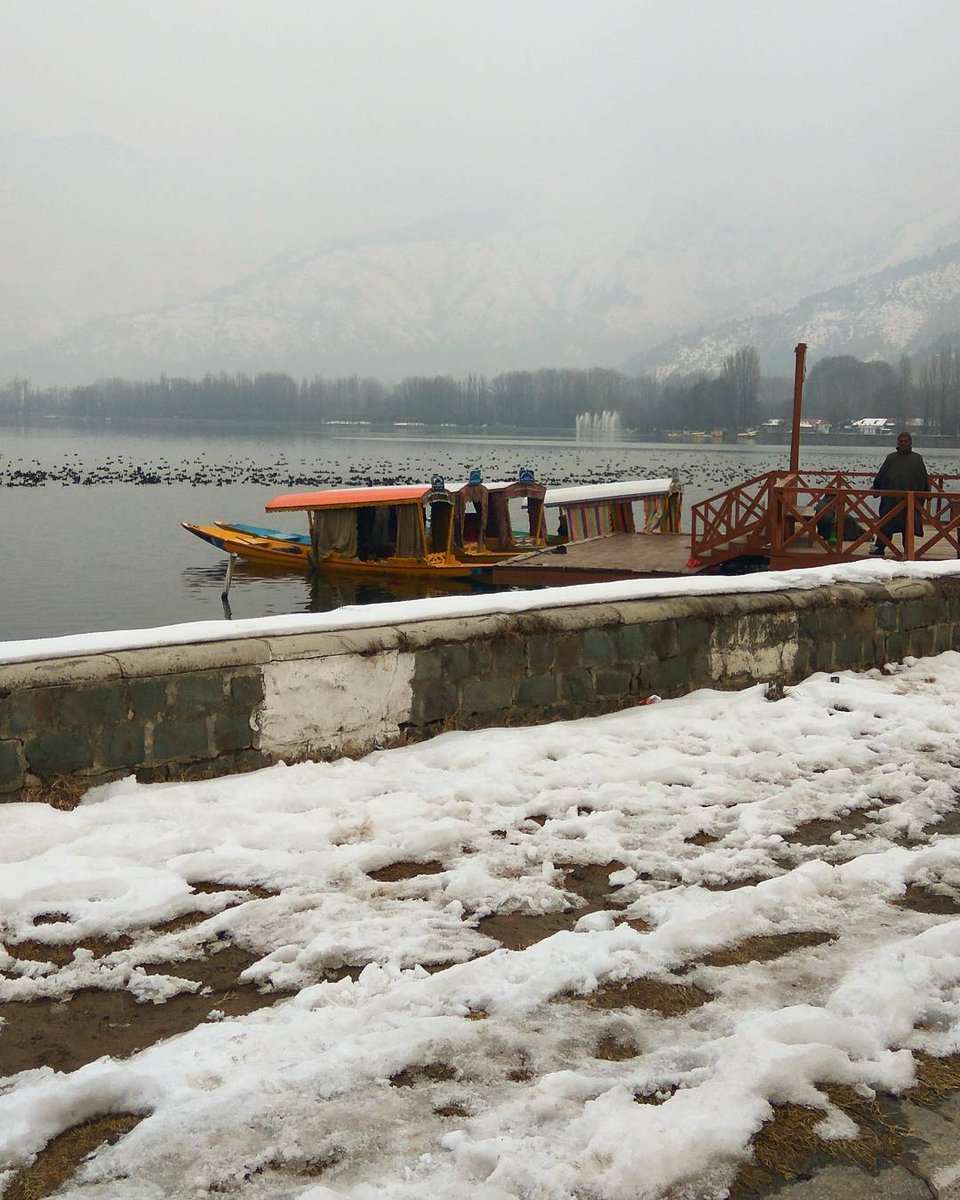
Soak in the panoramic beauty of snow-clad Himalayas and the frozen #DalLake in #Srinagar. Image by: mehtahoney on Instagram: image via Lonely Planet India Verified account @lonelyplanet, 17 January 2017
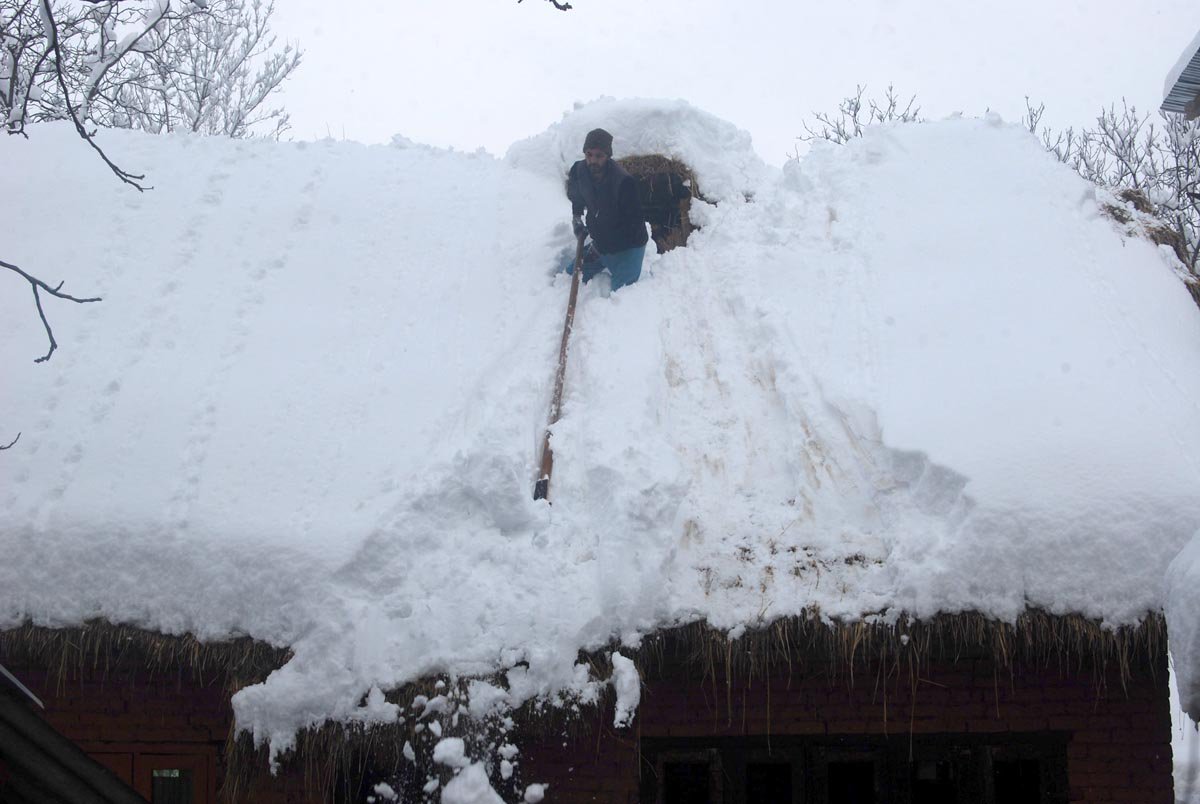
Man removes #snow frm d rooftop of his house. 4 die in avalanche @Gurez and 1 Soldier dead as #avalanche hits #Army Camp in Sonamarg #kashmir: image via Umar Ganie @UmarGanie1, 25 January 2017
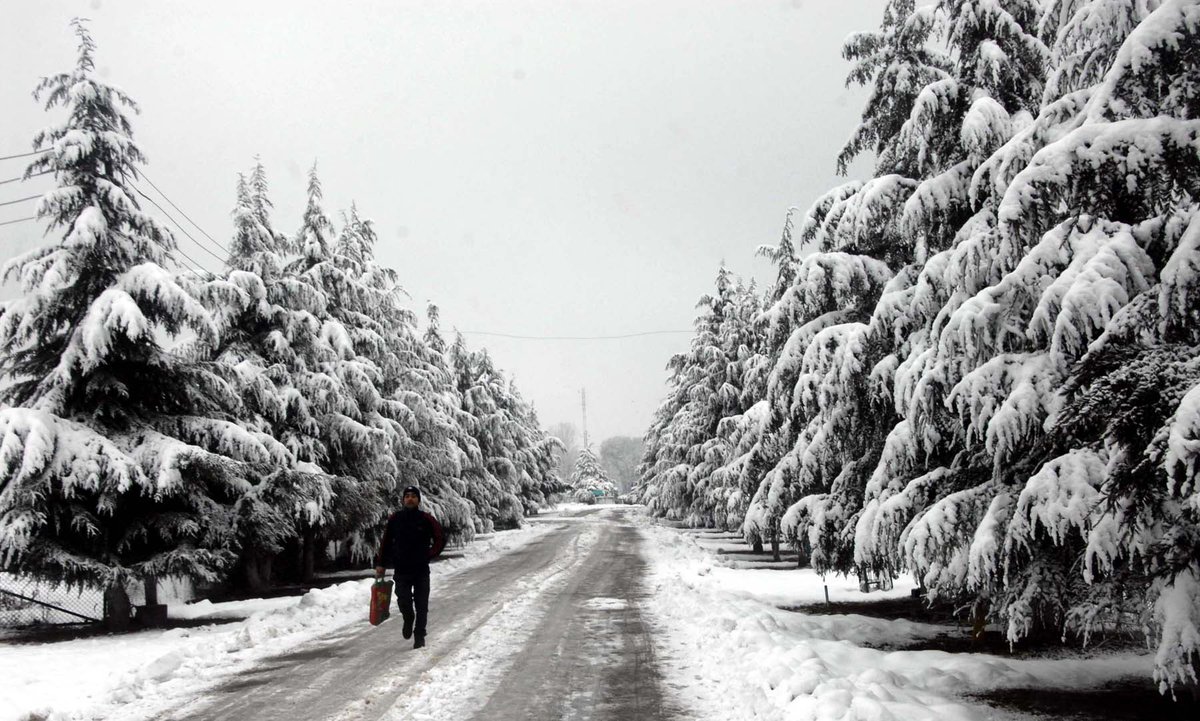
Pic: #Kashmir University campus is always mesmerizing when comes to its beauty factor, be it #summer, #autumn or #Winter. #Srinagar #snowfall: image via Umar Ganie @UmarGanie1, 18 January 2017

Moving train Captured amid heavy Snowfall in the outskirts of Summer capital #Srinagar Photo by Moazam Mir #incredibleindia #snowfall: image via Kashmiri Life @KashmiriLife, 24 January 2017

This is a very powerful image from #Kashmir. A little girl waiting for the release of her father.: image via Haziq Qadri @haziq_qadri, 18 January 2017
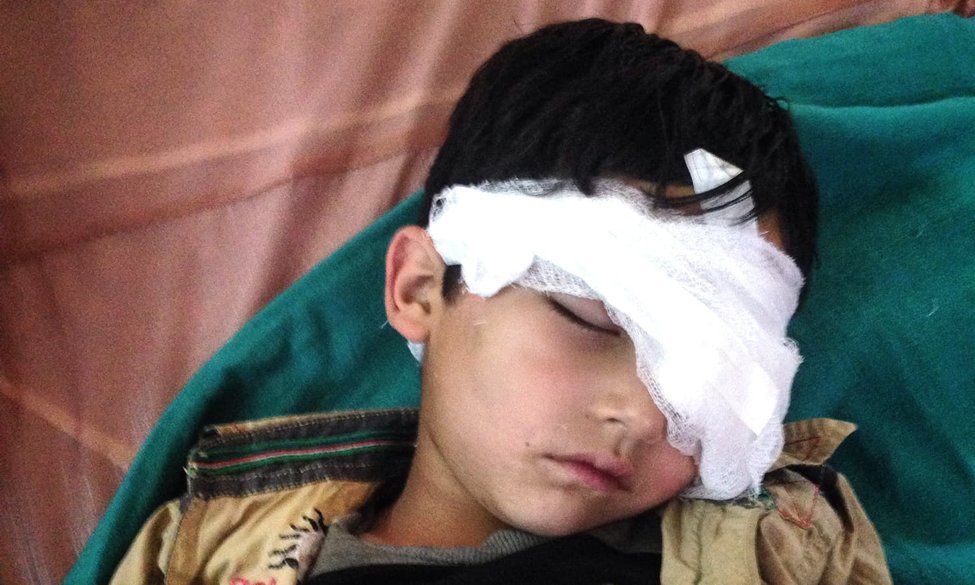
Trampling Human Rights in Kashmir: image via LSE Human Rights @LSEHumanRights @LSEHumanRights, 24 January 2017

Indian Army men frisk pedestrians and motorists in South Kashmir's Pulwama district ahead of 26 Jan: image via Syed Ali Geelani, 24 January 2017

Indian Army men frisk pedestrians and motorists in South Kashmir's Pulwama district ahead of 26 Jan: image via Syed Ali Geelani, 24 January 2017

Indian Army men frisk pedestrians and motorists in South Kashmir's Pulwama district ahead of 26 Jan: image via Syed Ali Geelani, 24 January 2017

Indian Army men frisk pedestrians and motorists in South Kashmir's Pulwama district ahead of 26 Jan: image via Syed Ali Geelani, 24 January 2017
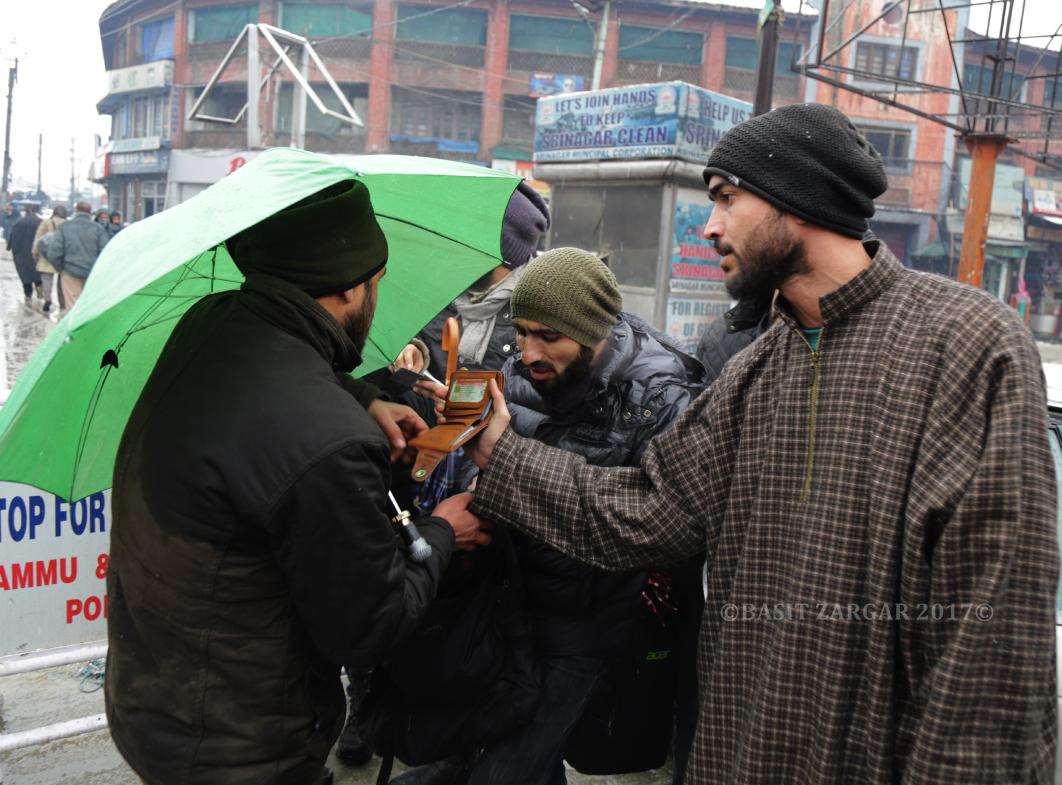
A Kashmiri boy shows his Identity card for a security check ahead of Republic day in Srinagar: image via BASIT ZARGAR @BASIIVJ, 25 January 2017

'Security' checking Frisking by indian forces continues on the eve of India's #RepublicDay in #Kashmir: image via Syed Ali Geelani, 26 January 2017
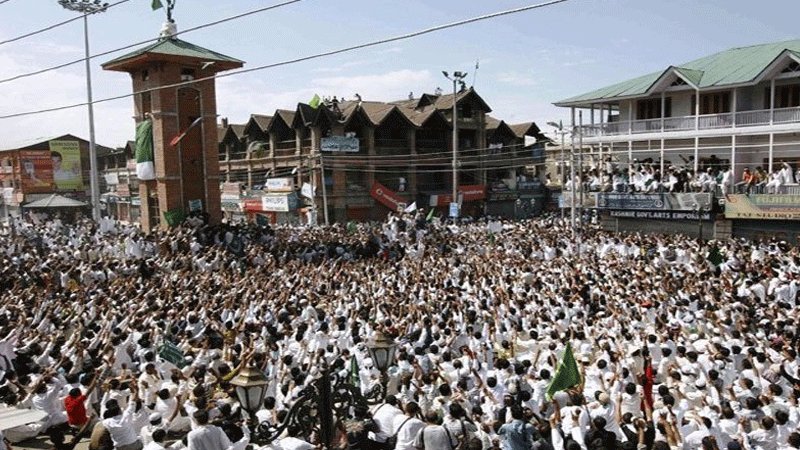
#IndianRepublicDay observed as ‘Black Day’ by Kashmiris: image via Daily Times @DailyTimes_DT, 26 January 2017

#RepublicDay Students form the national flag, alongside a poster of the #jallikattu bull-taming festival in Chennai. #AFP by @ArunsankarKrish: image via Aurelia BAILLY @AureliaBAILLY, 26 January 2017

Ahsan Untoo, a human rights defender was tortured ruthlessly by Indian police in #Kashmir on #GawKadalMassacre anniv.: image via Muhammad Faysal Verified account @_faysal, 22 January 2017


Ahsan Untoo, a human rights defender was tortured ruthlessly by Indian police in #Kashmir on #GawKadalMassacre anniv.: image via Muhammad Faysal Verified account @_faysal, 22 January 2017
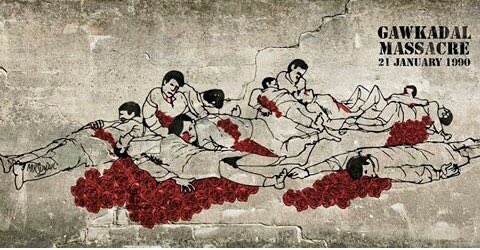
#Kashmir
today pays tribute to Martyrs of GawKadal. 52 innocent Kashmiri were
killed by Indian Armed forces on Jan 21,1990 #GawKadalMassacre: image via Mirwaiz Umar Farooq Verified account @MirwaizKaSHMIR, 21 January 2017

Bridge of massacres. #Kashmir #GawkadalMassacre: image via Haziq Qadri, 21 January 2017

Indian forces impose restrictions in Lalchowk area of Srinagar to prevent peoples' gatherings on #gawkadalmassacre anniversary eve: image via Syed Ali Geelani, 21 January 2017

Indian forces impose restrictions in Lalchowk area of Srinagar to prevent peoples' gatherings on #gawkadalmassacre anniversary eve: image via Syed Ali Geelani, 21 January 2017
A funeral in Kashmir
Kashmir — Beyond the headlines: Rebecca Conway via AFP journalists' diaries, 18 January 2017
Working on a long-term photo project is a privilege. You meet some incredible people and develop a level of intimacy with them that’s just not possible on a news assignment or even a feature. I’ve been going up to Kashmir from my New Delhi base to work on this project for more than a year.
My editor and I wanted to find a project that would cover the story of Kashmir — a former Himalayan princely state that was split between India and Pakistan at Partition and which both countries now claim — in a different way, and eventually we came up with the idea of looking at mental health treatment. After decades of unrest, it was a very interesting angle to me — how coping with such a reality was taking an emotional toll. So I started looking at why the Kashmir Valley in particular has such high levels of Post-Traumatic Stress Disorder (PTSD) and depression, and how that was approached and treated.
Initially I thought it would have a female angle because the
situation in the Kashmir Valley has created a generation of widows, or
mothers who have lost sons. But it became bigger than that. In the late
1980s an uprising erupted in Kashmir and rights groups estimate that
some 70,000 people have been killed in the violence that has followed.
It’s diminished since, but the valley remains tense and unrest still
flares up, affecting people across the region. A Doctors Without Borders
survey carried out in 2015 and published last year says more than 1.5
million living in the Kashmir Valley have symptoms of depression.
A patient suffering from symptoms of schizophrenia at the Psychiatric Diseases hospital in Srinagar: photo by Rebecca Conway/AFP, 2016
I’ve been up in Kashmir more than a dozen times since I started and
with a project like this, I can shoot more of what I want. Walking
around Srinagar, which is the state’s summer capital, I say hi to more
people than I do in Delhi — I have a lovely community of people there
behind me and who have helped me in telling the story.
With a long-term project, you give people whom you are covering a way
to tell their own story. They come to trust you. You are listening to
them and trying to show a story that’s not covered outside the day to
day violence, which is something we’re really used to seeing from
Kashmir. I think that’s important, especially when they feel no-one else
is listening to them.
Relatives of Kashmiris who have gone missing wait to discuss their legal cases at an NGO in Srinagar. June 2016: photo by Rebecca Conway/AFP, June 2016
One of the things that most surprised me was how open people were in
discussing the issue of mental health. Kashmiris are quite reserved in
some ways, especially in terms of being more emotional in public — the
state is Muslim-majority and more conservative — and they live in a
perpetually tense situation. They’re worn down by it, so I was never
sure how starting to talk about depression, which is somewhat
stigmatised in South Asia, would be received. But the number of people
who gave me their mobile numbers out of the blue, or who just started
talking to me about what they’re going through, or what a relative or
their wider family are feeling — that was really surprising.
Another thing is how welcoming people were to someone with a camera. I
can’t tell you how many times I was walking around during curfew when
the situation was tense and someone leaned out of a window and asked me
in for lunch. As soon as you talk to Kashmiris you see how warm and
resilient they are, despite the situation they are living in. To have
people still bring you into their space like that was very special.
I was quite struck by the street violence over the summer. The
violence wasn’t directly related to my story, but it really brought home
the unpredictability of the situation. When street violence breaks out,
you have protesters throwing stones at the Indian security forces.
Those forces — normally very young soldiers under strict orders not to
allow protests — respond with tear gas and rubber-coated bullets.
Kashmiri protesters in clashes with Indian forces during a curfew on Eid al-Adha, one of the most important religious festivals in the Muslim calendar. September 2016: photo by Rebecca Conway/AFP, September 2016
This summer, the security forces started using pellet guns. Almost every day that I was at the main hospital in Srinagar, where most pellet injuries are treated you’d see ambulances pull up with those who’d been shot. One day I photographed a small group of boys from north Kashmir, who’d all been struck leaving mosques after Friday prayers — it’s a time that can be particularly volatile. They were all in their late teens or early 20s and each one of them lifted up their shirts to show me the pellets embedded across their backs.
Going back to a place again and again leads to you being able to take pictures that you just would not have been able to if you were on a short-term assignment and the issue of pellet injuries ended up being one of several examples.
A tiny, super-cute kid
At the tail-end of one protest, I met Mushtaq Ahmed, who is 11. His
house is really close to a road in downtown Srinagar that’s known for
protests, and as a result sees clashes between Indian security and
police. All the local photographers end up shooting there a lot as a
result and it’s just a nice place to walk around, as I find the people
to be very interested in chatting. So I got talking to him at the
tailend of the protest and popped my gasmask on him because his eyes
were streaming – he’d been watching the clashes with neighbours. I
remember telling him to stay inside when these things happen because
he’s this tiny, super cute kid who anyone would want to keep away from
this stuff.
Mushtaq, 11, after being injured by pellets. October 2016: photo by Rebecca Conway/AFP, October 2016
A month of so later I was essentially snuck into a hospital by staff
one evening to shoot portraits of pellet victims. It took a while to
organize. At first I tried navigating the usual channels but in the end I
just went in and did the work under the radar. We set up a room near
the ophthalmology wards, and tried to keep it quiet – not easy with a
backdrop, lights, cameras and a volunteer who needs to go and ask people
if they are willing to be photographed. I would have never been able to
do something like that unless I had built up trust among my network of
contacts.
And then Mushtaq came in with his father. I didn’t recognize him. It
was his Dad who saw me and said, “He knows you, you’re always in
Khanyar, we see you there all the time — you let him try the gasmask
on,” etc. And I realized that this disfigured boy in front of me was the
same tiny, super cute kid I’d seen a few weeks before. Except now he
was blind in one eye.
It was heartbreaking. He was shot playing cricket, not while watching
or taking part in a protest. I really wanted a strong portrait for the
story, but I never dreamed that it would mean photographing this
particular child in these particular circumstances.
The shot of relatives grieving at a funeral is also a good example of repeated trips paying off.
Impact of killings on families
I had really wanted to show the impact that these killings have on
families, so had asked my various contacts to keep an eye out and let me
know when there would be a funeral. I wanted to shoot a funeral of
someone who was not killed as a result of a protest or because he was
suspected to be a militant, but someone who went missing one day.
One of the contacts that I had established in Srinagar let me know of this particular funeral about to take place. So I was able to drive to the place — Shopian, about 90 minutes away — very quickly.
I got there just before the funeral prayers were taking place and had
to ask the family and the local imam if it was OK to shoot, and
basically jump in straight away and start working. That was kind of
awful because it’s really intrusive but it’s the kind of aspect of the
story I really wanted to tell. The woman in that frame is the aunt of
the boy who died, Rasiq and I heard her before I saw her — she walked
out to the ground in the village where the men had gathered to offer
prayers and she was just inconsolable; she basically collapsed, wailing,
as the men from the village were arriving to offer namaz.
She was eventually led away. I went to the boy’s house during the
burial because I wanted to see if I’d be allowed to photograph the women
and they let me in straight away. I shot this frame in a room of about
70 women, it was packed. It really shows how when someone dies like this
in Kashmir, people come from miles around to offer prayers and be there
for the family. If a militant dies that number can be in the thousands,
so it was a very telling, awful scene of ordinary Kashmiris united by
loss. And I would have never gotten it if it weren’t for the contacts
established because of my repeated trips.
Women who have lost all hope
One of the things that shocked me the most during this assignment so
far was going to Palhallan, a town about two hours away from Srinagar,
to interview women whose husbands and sons have either disappeared or
been killed in the violence. These were women who lost all hope. Most of
them — the ones whose loved ones have disappeared — have never had
closure. Their husbands or sons went out of the house one day and never
came back – and they’re willing to let me in, be interviewed, be
photographed. One woman we interviewed in Kupwara, which is close to the
Pakistan border — her son just disappeared one day. She spent years
searching for him — she went all over the mountains, asking locals,
asking the Indian authorities, paying money to faith-healers who’d
promised to tell her where he was and never did – people in her village
told her she’d gone mad.
Kashmiri mother Rahma Begum, who is unsure of her age, recounts the disappearance of her son Mir Ali, who went missing in 2003, one year after he got married. For three years after he went missing, Rahma, who lives in Kashmir’s Kupwara district, searched for her son, leaving home daily to visit surrounding villages and consult with ‘pirs’, or faith healers in the district of Sopore and Srinagar who told her they could ‘contact’ her son. One pir told her her son was near the border with Pakistan; another that Ali had ‘appeared’ to him and told him he had been abducted by a group of men. Yet another repeatedly asked her to come back the following day, and he would tell her where her son had gone. Villagers told her the search was in vain. ‘They told me I had gone mad, that I was mad’, she says. She finally stopped looking for Ali after seeing her son in a dream.: photo by Rebecca Conway/AFP, 2016
Every time I’ve gone into someone’s house in a village, I have met
survivors like that. It’s another thing that stays with me and that
keeps me wanting to keep shooting the story. These people are still
living with deep levels of pain and depression and PTSD. Their stories
are much more long-running than a protest or an upswing in violence and
it’s an ongoing aspect of the unrest in Kashmir that’s woven into daily
life there.
I also spent a lot of time in both of Srinagar’s government mental
health facilities, working alongside a very dedicated, very in-demand
team of psychiatrists and other staff, in another side to the story that
will stay with me. I’d arrive at a hospital ahead of the start of, say,
a clinic for out-patients being treated for trauma, and the waiting
room would always already be overflowing with people waiting for
consultations, repeat prescriptions, referrals.
If you stand in the pharmacy though, that’s another time when the
enormity of Kashmir’s mental health situation is laid bare. I’d wait to
photograph people collecting medication used to treat depression and
patients would be crowding the window of the dispensary waiting for a
new prescription to be filled. The window has these little bars on it
that patients have to reach through to get the next few weeks’ worth of
pills and that was quite heartbreaking to watch.
Collecting prescription anti-depression drugs at a dispensary in Srinagar. December 2015: photo by Rebecca Conway/AFP, December 2015
People counting out the pills they travelled all morning to get,
knowing that they have to come back in a few weeks to go through the
process again.
The Kashmir Valley is strikingly beautiful but it is blanketed by
this air of oppression and almost mournfulness; living with that is what
I’m I’m going to keep trying to show through this work.
The view from the other side of The Wall

An agent of the border patrol, observes near the Mexico-US border fence, on the Mexican side, separating the towns of Anapra, Mexico and Sunland Park, New Mexico, on Wednesday.. U.S. President Donald Trump says his administration will be working in partnership in Mexico to improve safety and economic opportunity for both countries and will have "close coordination" with Mexico to address drug smuggling. It will set in motion the construction of his proposed border wall, a key promise from his 2016 campaign.: photo by Christian Torres/AP, 26 January 2017
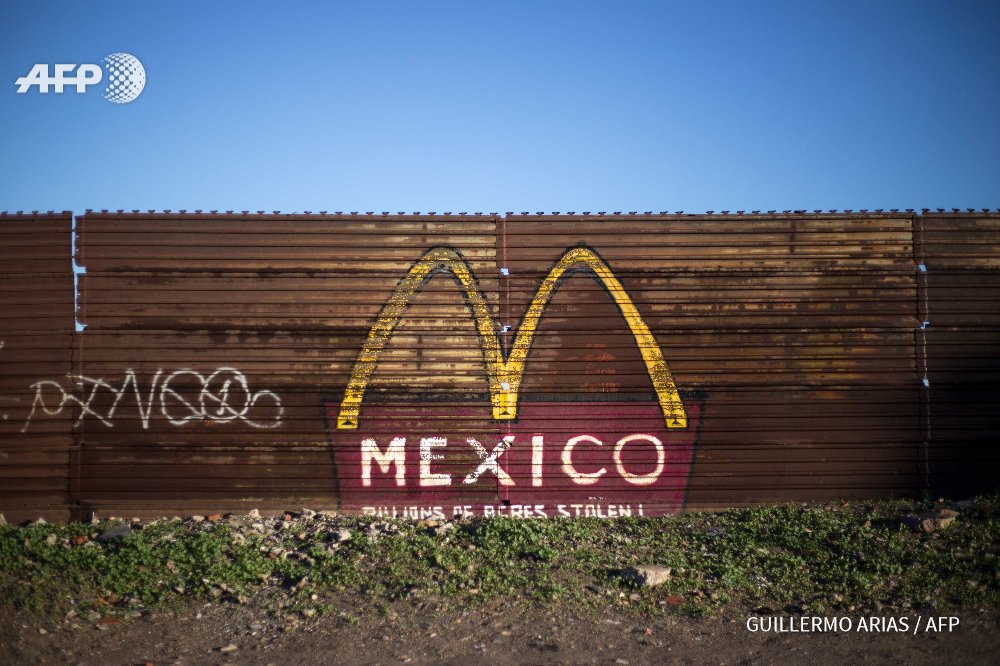
MEXICO - View of the border fence between Mexico and US taken from Mexico's side in Tijuana. By Guillermo Arias #AFP: image via Frédérique Geffard @fgeffardAFP, 26 January 2017

A migrant holds a banner that reads "Please open the border" during a protest in Belgrade, Serbia, on Wednesday. Hundreds of migrants have been sleeping rough in freezing conditions in downtown Belgrade looking for ways to cross the heavily guarded EU borders.: photo by Darko Vojinovic/AP, 26 January 2017

The Desperate Conditions Inside a #Serbia Migrant Camp pics by @MSF via @xmd101 #migration #winter #safepassage: image via Joffrey Monnier @JoffreyMonnier, 25 January 2017

Mornings, #belgrade #migrants #refugees: image via Marko Drobnjakovic @xmd101, 24 January 2017
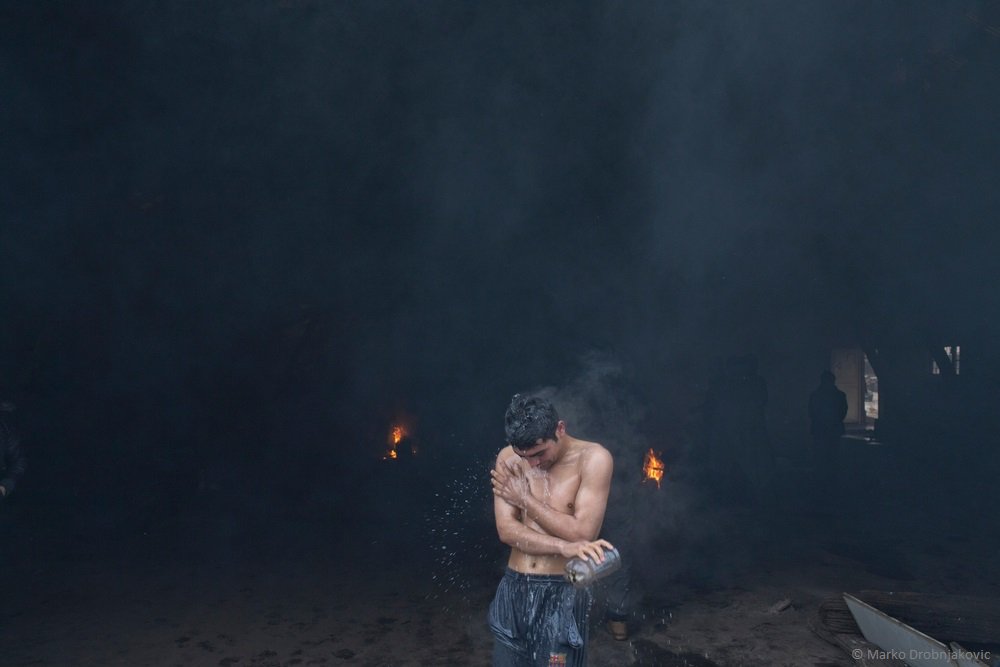
Every day in #Belgrade starts like this: a bucket shower in the smokey warehouse or the snow. Cold and clean is better than cold and dirty.: image via MSF Sea @MSF_Sea, 24 January 2017
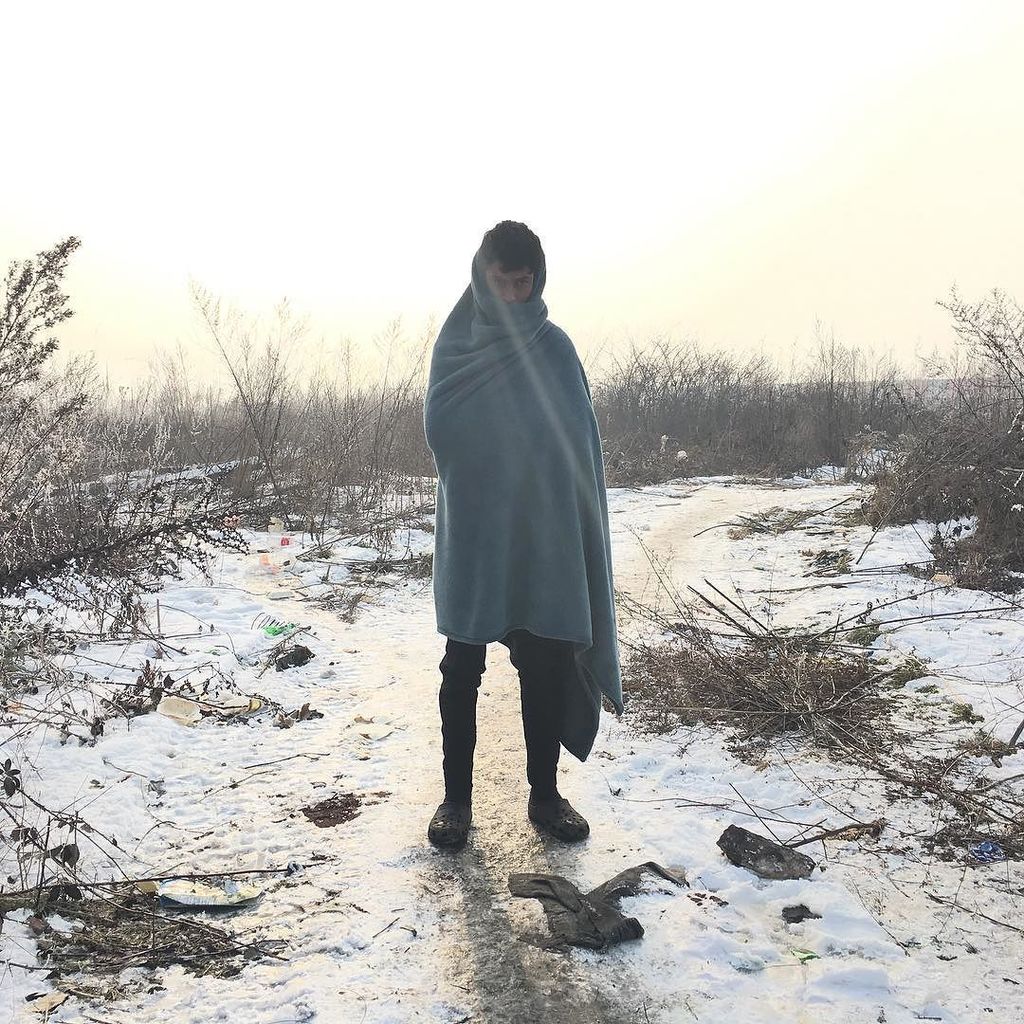
Mondays, ##belgrade #migrants #refugees: image via Marko Drobnjakovic @xmd101, 23 January 2017

White House press secretary Sean Spicer calls on a reporter during the daily briefing at the White House in Washington, on Wednesday. Spicer answered questions about immigration, homeland security and other topics.: photo by Susan Walsh/AP, 26 January 2017
Trump’s Captives: On the Pathological White House Body Language: Reading The Pictures, 26 January 2017
Captives. Given his awesome self-absorption, his penchant for
intimidation, and now, having more power than anyone else in the world,
that’s what Donald Trump turns people into. Your typical Obama photo
involved a give-and-take, with eye contact and bodies aligned so it
wasn’t always obvious who had more heft. Instead, get ready for years of
photos of people held held hostage, of Trump as the Wizard of Oz.
We tweeted a a couple other photos of Trump’s first White House
meetings focusing on the power dynamic and bodies in space. The
picture above, however, is probably the most interesting. It shows the
CEO-in-Chief circled by the congressional leadership. If you need a
title, it’s “Captive Audience.” And it’s no surprise that the two most
captive are Schumer and Pelosi, the leaders of the opposition. I think
it’s fair to characterize the attention of the Democrat heads
as slavish. And variation on a theme, also notice how the
African-American member of the household staff lends Trump his
mirth like his job depended on it(!).
What’s most telling about the photo, however, is how the rapture
declines as one scans from the center to the periphery, the
fawning evaporating as people are further from Trump’s view. As another
example of the physical dynamics, look at this photo from the inaugural
luncheon at the Capitol as the new president is feted with a toast:
Again, what you see (as Trump looks outward, soaking up the attention of the audience) is the absence of joy or admiration on the dais, even in the face of his new vice-president or his wife.
Surely those that log the most time with Trump know how to
quickly adopt or let go of the “yes man” face. If you look at Pence and
Paul Ryan in the White House photo, both in Trump’s view, but not
fully, you can see their expressions are somewhere in between. In fact,
what you see at the periphery in both pictures (especially Democrat
Steny Hoyer, second-from-the-left, and Republican Cornyn,
second-from-the-right in the White House photo) are people actually
staring, as if they are taking Trump’s measure -- or inspecting an
alien. It seems ambivalence, even in those closest to Trump, is the
ultimate price of that much overall neuroticism and bombast.
I mentioned our tweets on the same dynamics. Here we break it down in terms of physics:
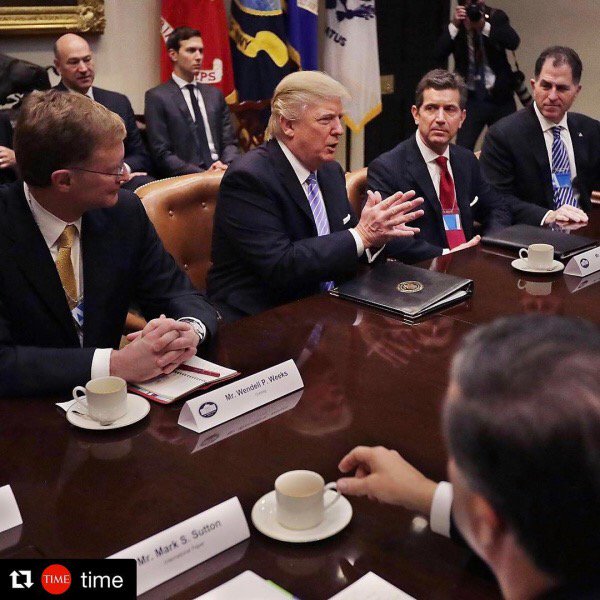

Attn
of press photogs in #Trump CEO mtg drawn to #Bannon #Kushner inside
their own bubbles #lifewithdonald Photo MattMcClain/WAPO: image via Reading The Pictures @ReadingThePix, 24 January 2017
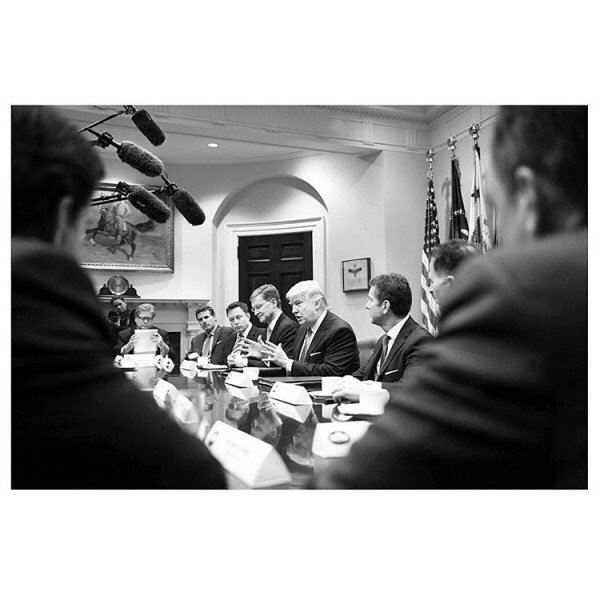

Attn
of press photogs in #Trump CEO mtg drawn to #Bannon #Kushner inside
their own bubbles #lifewithdonald Photo @somogettynews: image via Reading The Pictures @ReadingThePix, 24 January 2017
In these two instances, we note some media pushback. This is Trump’s
first official White House meeting, a gathering with American CEO’s. If
the photos are small, both pictures capture Trump’s top advisors not
paying attention.
It’s not that Bannon, staring at a writing pad, or Kushner in the
back, fixed like a zombie, are being rude, however. That would only be
the case if the meeting was earnest. Instead, very much in character,
Trump’s people are merely accomplices in the reading of the riot act.
(photo 1: Doug Mills/The New York Times. caption: President Trump met with leaders of Congress from both parties on Monday at the White House, January 23, 2017. photo 2: Al Drago/The New York Times. caption: A toast was made to Mr. Trump during an inaugural luncheon in Statuary Hall at the Capitol.)
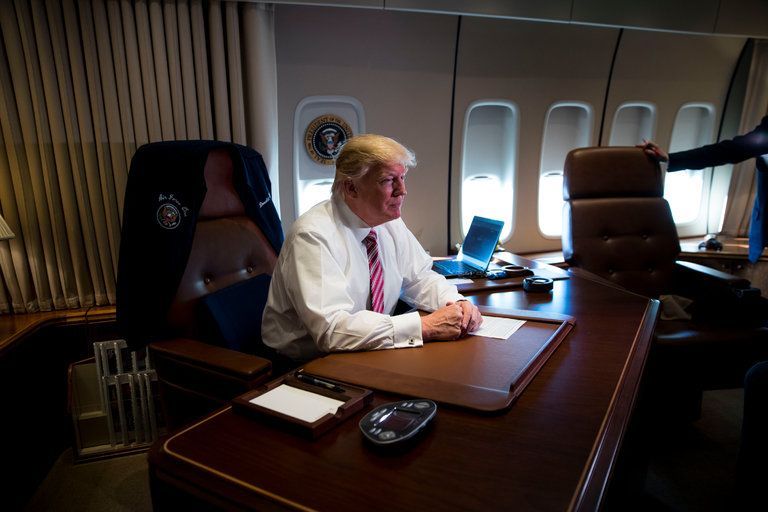
Guess media should just "keep its mouth shut" and publish posed pix like this NYT shot today of Prez aboard Air Force 1 @DougMills #Bannon: image via Reading The Pictures @ReadingThe Pix, 26 January 2017
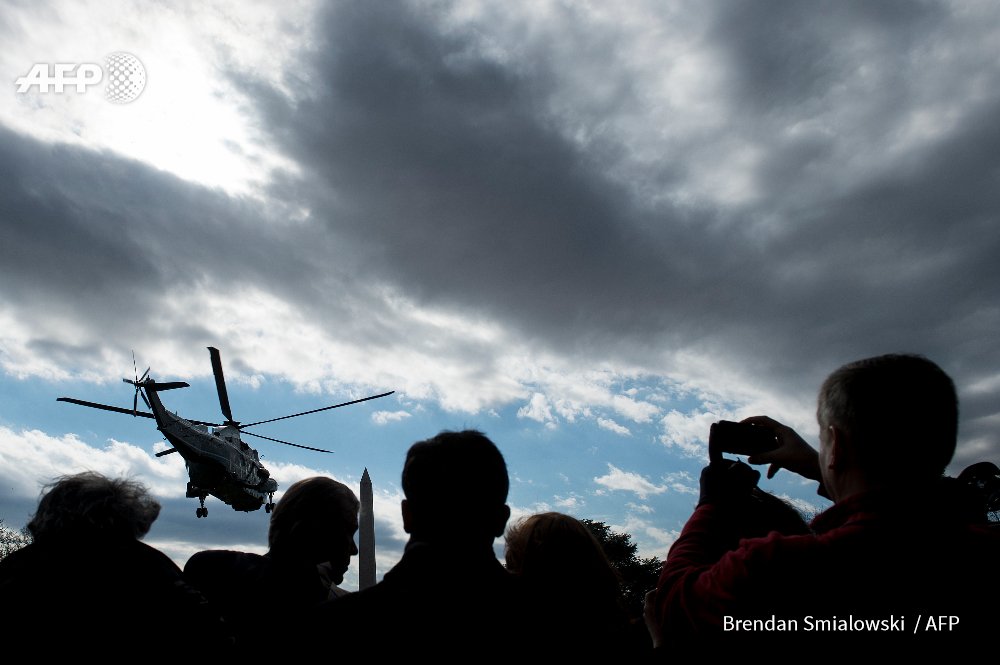
US - Marine One with US President Donald Trump departs the White House for his first trip as President in Washington, DC. By @b_smialowski #AFP: image via Frédérique Geffard @fgeffardAFP, 25 January 2017
Hey Mr. Big Stuff

Protesters listen to a speaker as they hold signs during a rally against President Donald Trump's order cracking down on immigrants living in the US at Washington Square Park in New York, on Wednesday: photo by Andres Kudacki/AP, 26 January 2017
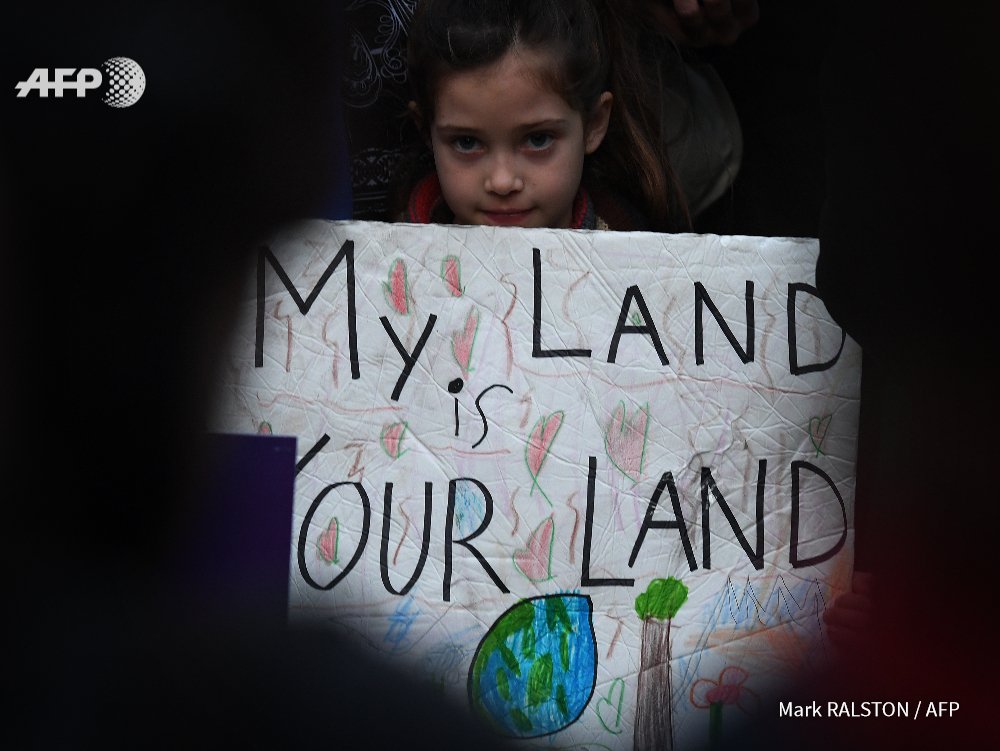
US - Migrant rights group protest against US President Donald Trump's new crackdown in Los Angeles. By Mark Ralston #AFP: image via Frédérique Geffard @fgeffardAFP, 26 January 2017

Central American migrants pray before eating as they wait for a northbound train on the outskirts of Mexico City, on Wednesday. President Donald Trump signed two executive orders on Wednesday to jumpstart construction of a U.S.-Mexico border wall and strip funding for so-called sanctuary cities, which don't arrest or detain immigrants living in the U.S. illegally.: photo by Marco Ugarte/AP, 26 January 2017
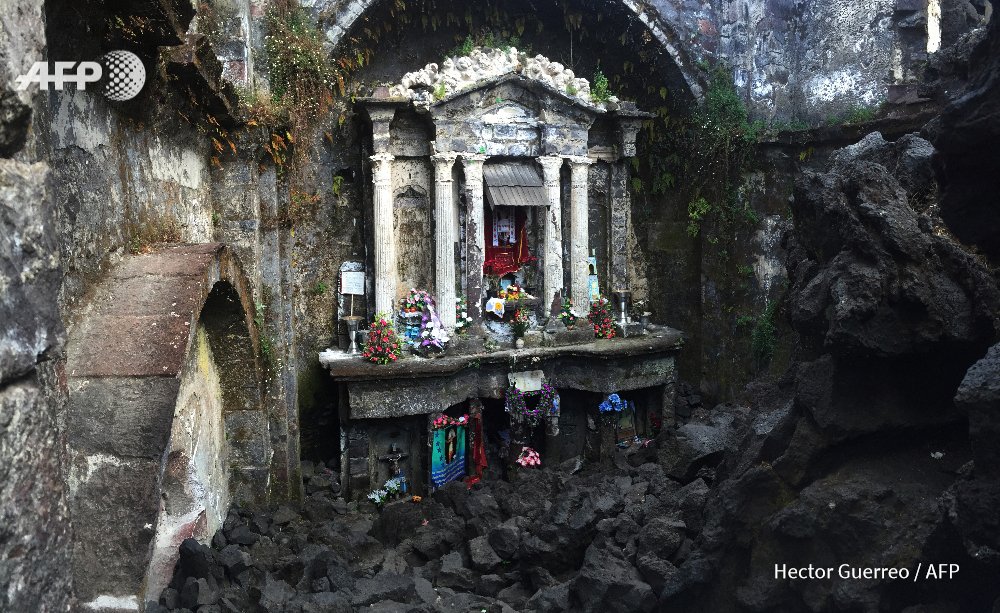
MEXICO - The altar of the church of the “Senor de los Milagros”, lord of the miracles, of San Juan Nuevo is seen in Angahuan. By @mexhector: image via Frédérique Geffard @fgeffardAFP, 25 January 2017
Couples

Kim Jong Un and Donald Trump impersonators, Howard, left, and Dennis, right, (who only give their first name) stand side by side on a train to promote a music video they created in Hong Kong, on Wednesday: photo by Vincent Yu/AP, 26 January 2017
British Prime Minister Theresa May enters the room through a curtain to speak on the third day of the annual meeting of the World Economic Forum in Davos, Switzerland: photo by Michel Euler/AP, 19 January 2017
British Prime Minister Theresa May enters the room through a curtain to speak on the third day of the annual meeting of the World Economic Forum in Davos, Switzerland: photo by Michel Euler/AP, 19 January 2017

The Guardian front page, Friday 27.01.17 – ‘Opposites attract’: Britain can work with Trump, says May: image via The Guardian @guardian, 26 January 2017
Streets
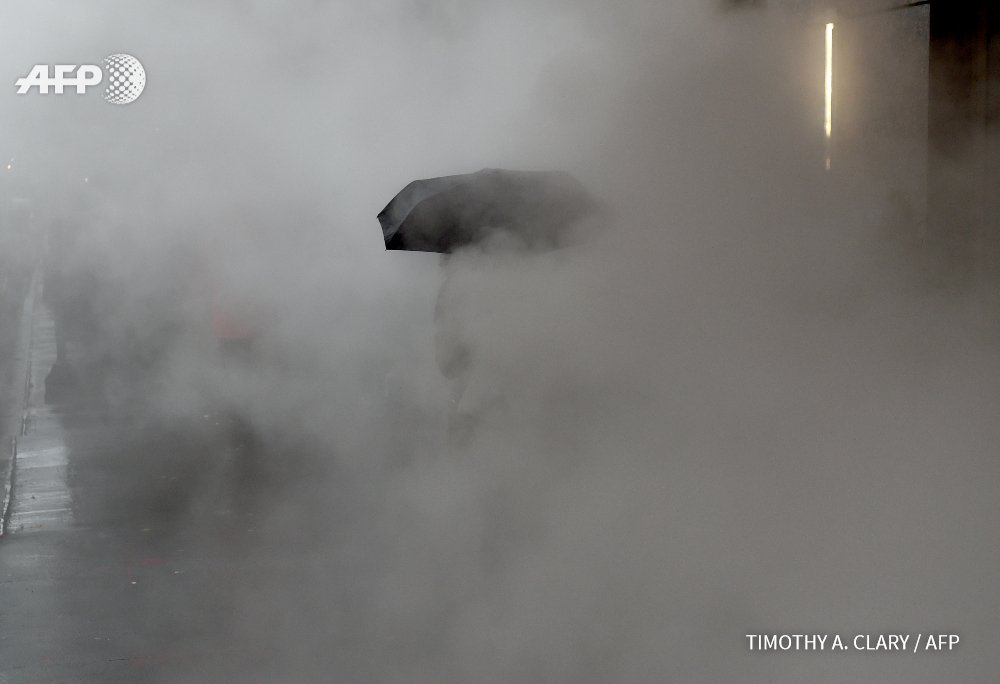
US - A person walks in the rain and steam coming from a sidewalk grate in Midtown Manhattan in New York. By @timothyclary #AFP: image via Frédérique Geffard @fgeffardAFP, 25 January 2017
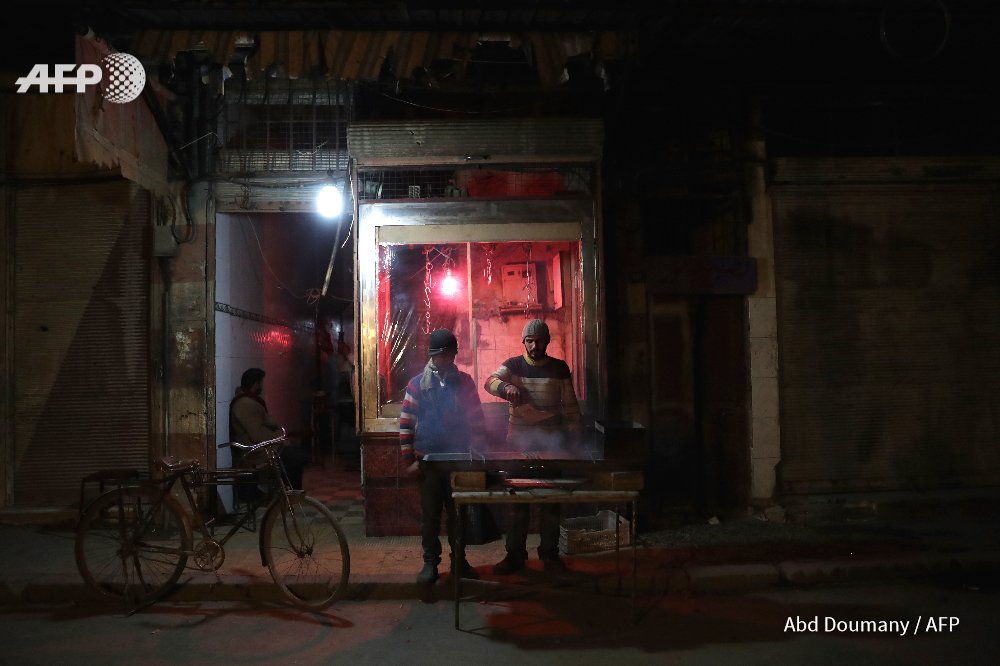
SYRIA - Men stand next to a grill outside a small restaurant in the rebel-held town of Douma, Damascus. By @AbdDoumany #AFP: image via Frédérique Geffard @fgeffardAFP, 26 January 2017
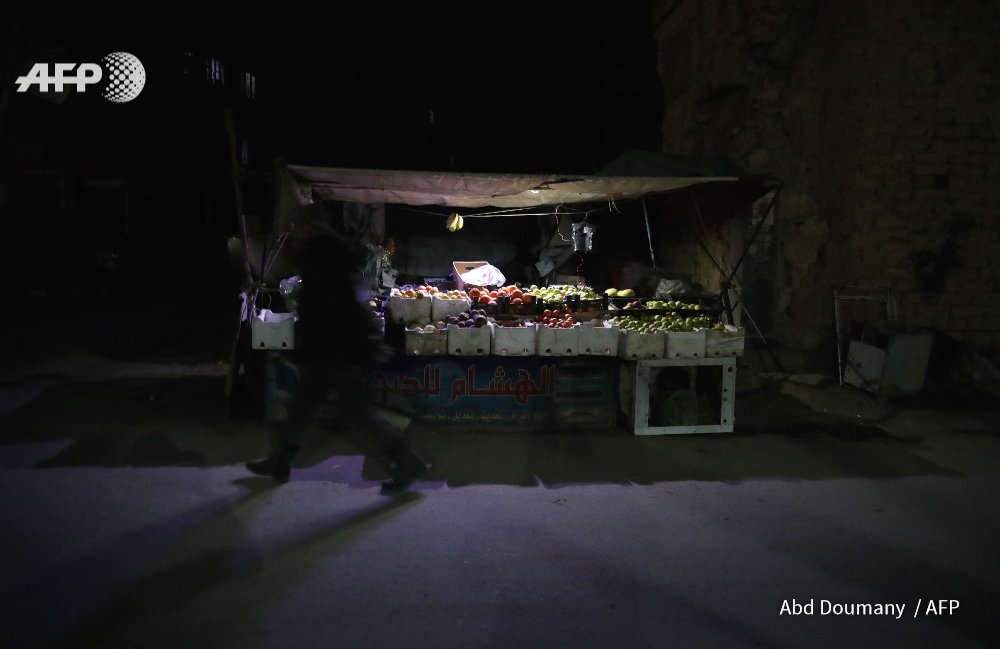
SYRIA - A man walks past a fruits and vegetables stall in the rebel-held town of Douma, on the eastern outskirts of Damascus. By @AbdDoumany #AFP: image via Frédérique Geffard @fgeffardAFP, 26 January 2017
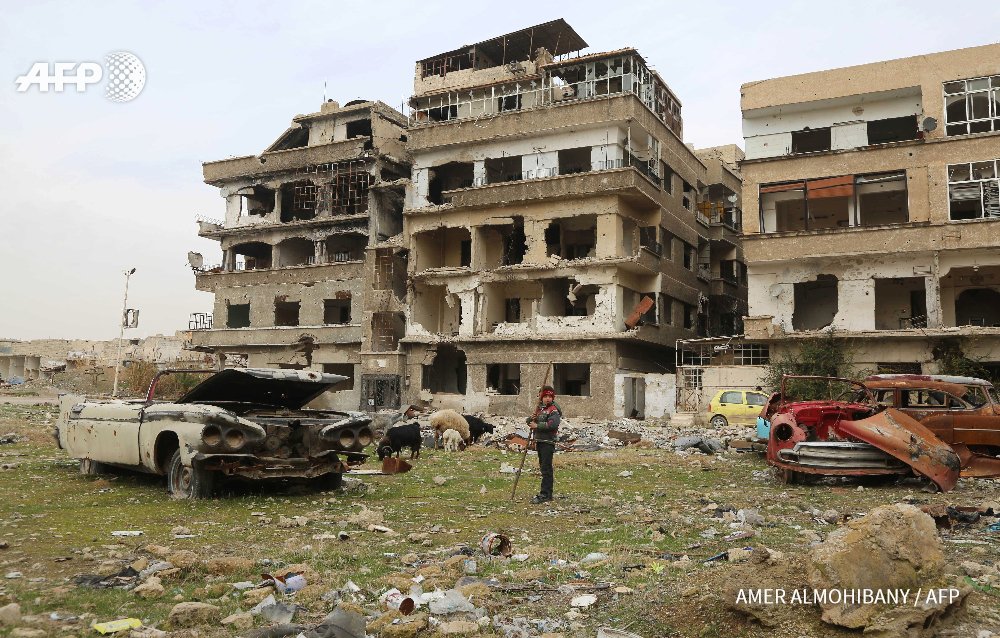

SYRIA - A boy herds sheep next to damaged vehicles in Ain Tarma, in Ghouta area, a rebel stronghold east of Damascus. By @amer_almohibany: image via Frédérique Geffard @fgeffardAFP, 26 January 2017
A Syrian man carries wounded children after attack by warcraft belonging to Assad regime #Arbin #Damascus on Jan 25, 2017: image via Amer almohibany @amer_almohibany, 26 January 2017
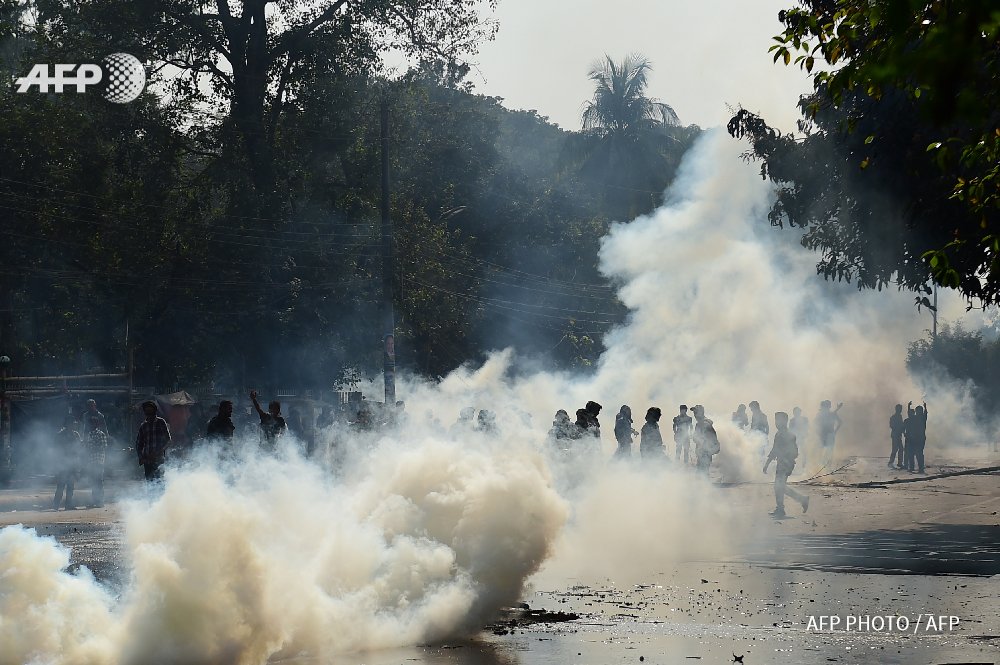
BANGLADESH - Activists take part in a protest against the construction of a coal-fired power plant in Dhaka. By @AFPphoto: image via Frédérique Geffard @fgeffardAFP, 27 January 2017
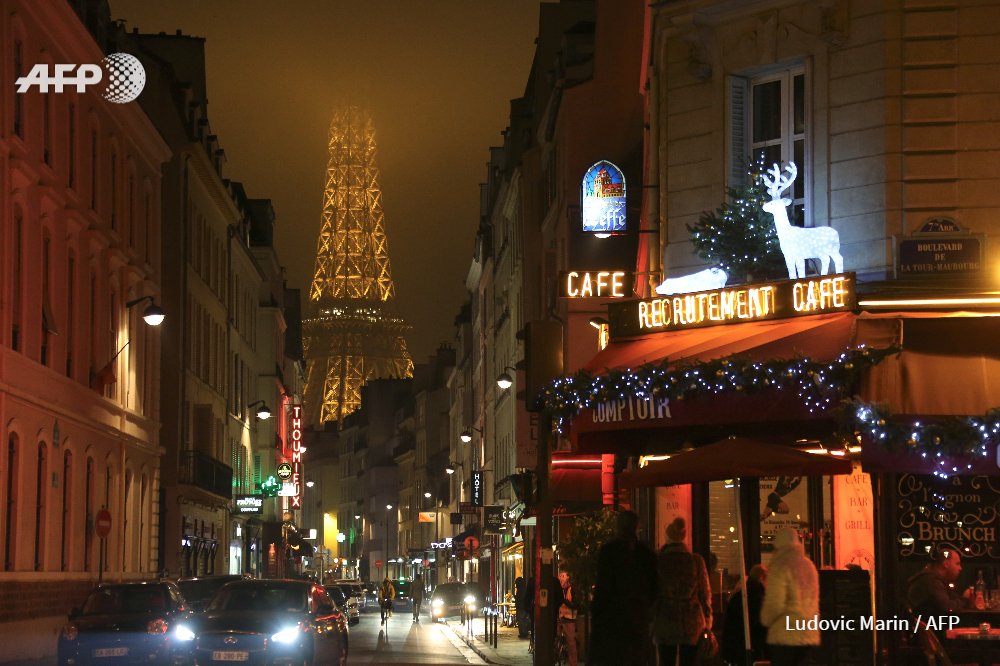
Heavy pollution enveloping much of Europe prompts emergency measures. Picture taken in Paris yesterday night. #AFP by @ludovic_marin: image via AFP Photo Department @AFPphoto, 25 January 2017
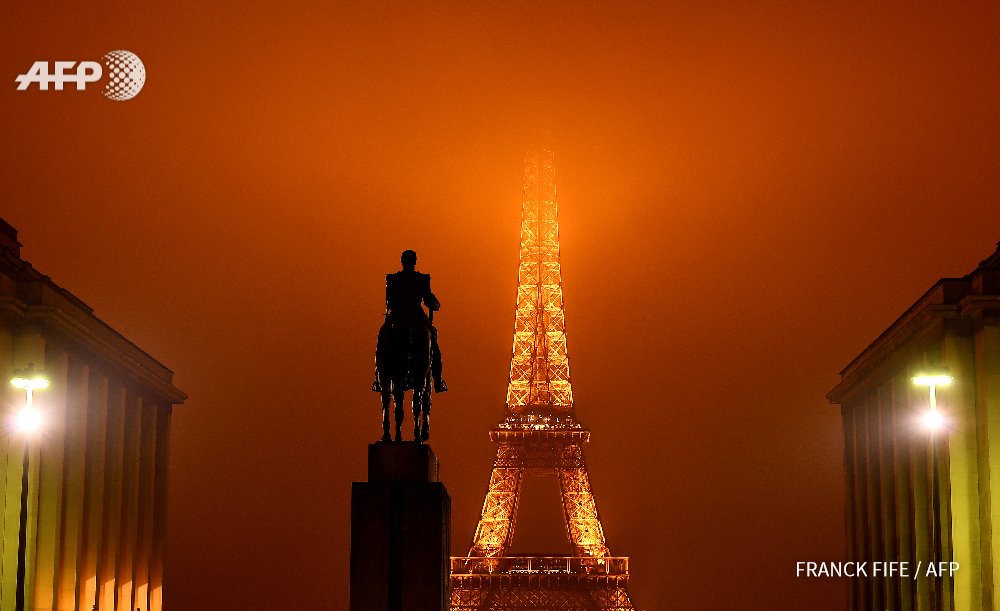
Statute of Marshal Foch at Trocadero, with, in background, the Eiffel tower hidden by the fog By @franck_fife #AFP: image via AFP Photo Department @AFPphoto, 25 January 2017
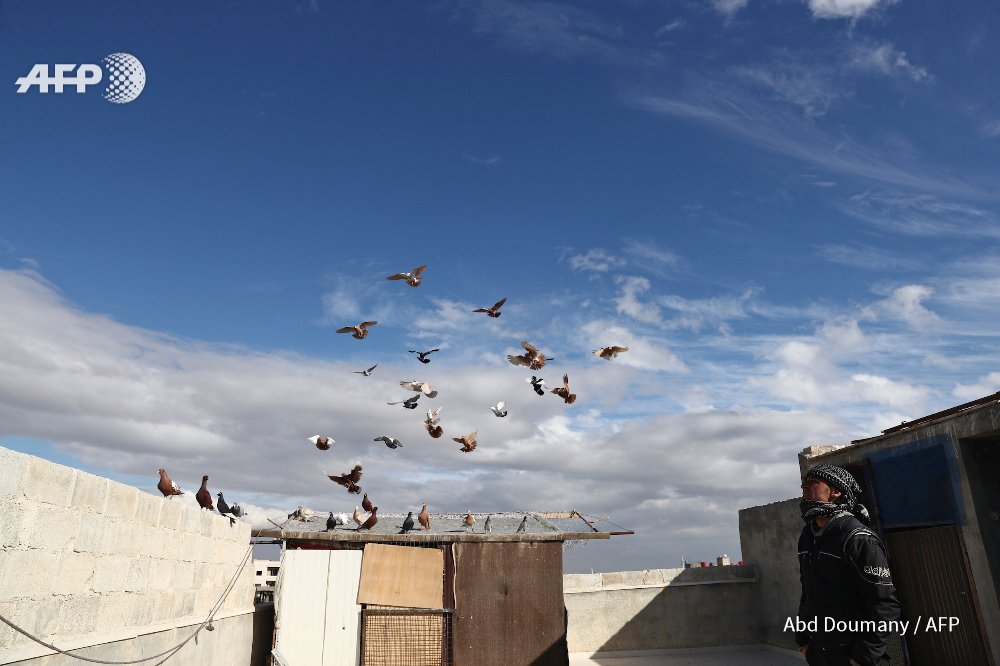
SYRIA - A man watches his pigeons fly from the rooftop of a building in the rebel-controlled area of Arbeen, Damascus. By @AbdDoumany #AFP: image via Frédérique Geffard @fgeffardAFP, 26 January 2017





3 comments:
Jean Knight: "Mr. Big Stuff" (1971)
Jean Knight: "You Think You're Hot Stuff" (1971)
b 26 January 1943
yesterday was her birthday
still a working girl
Jean Knight (nascida Jean Caliste, New Orleans, Louisiana) é uma cantora do African-American / R & B / funk, mais conhecida por seu single de 1971 gravado pela Stax Records "Mr. Big Stuff".
Tom,
Do take a look. Especially episodes 2 and 3.
Lotta who-do goin' on indeed.
Post a Comment